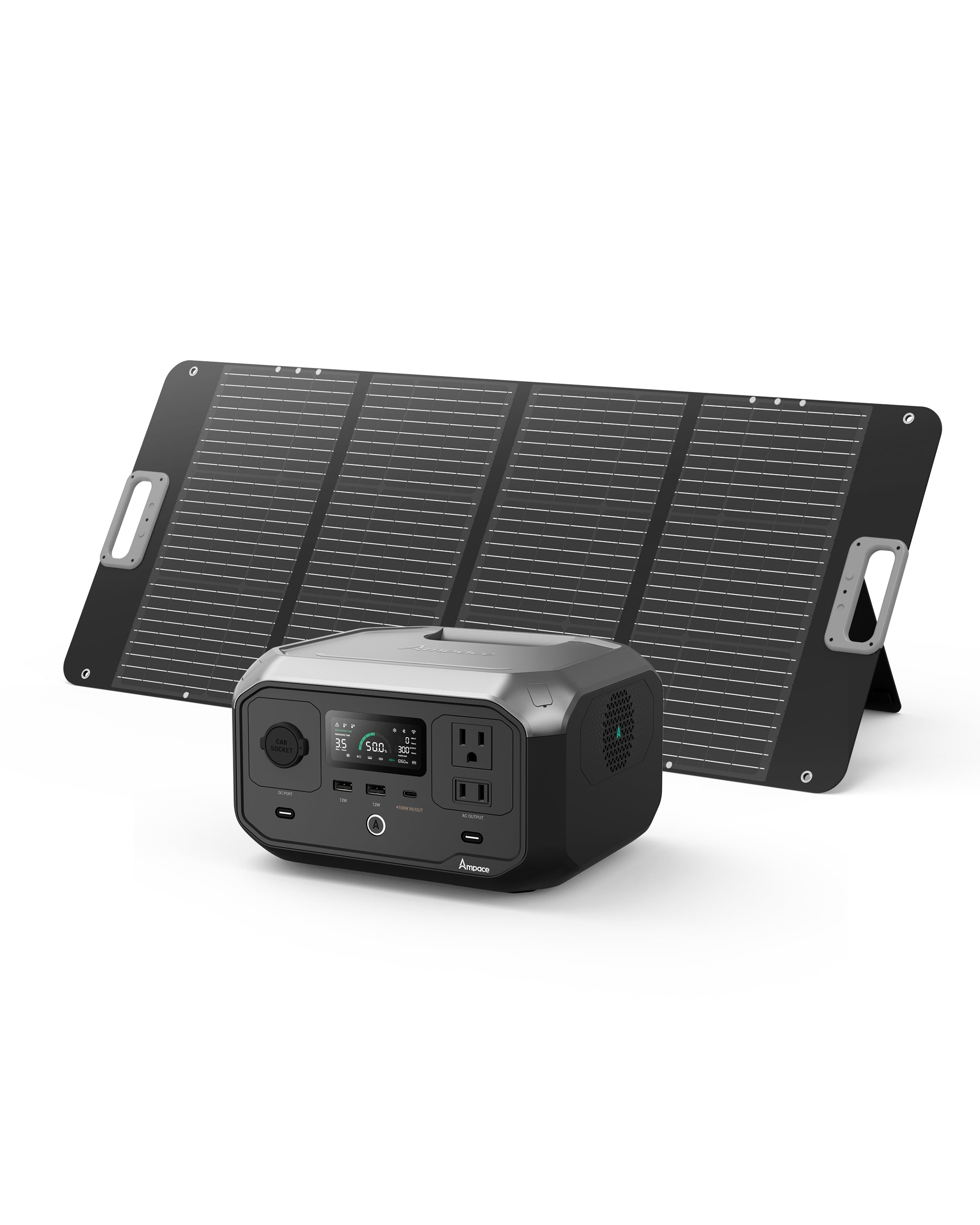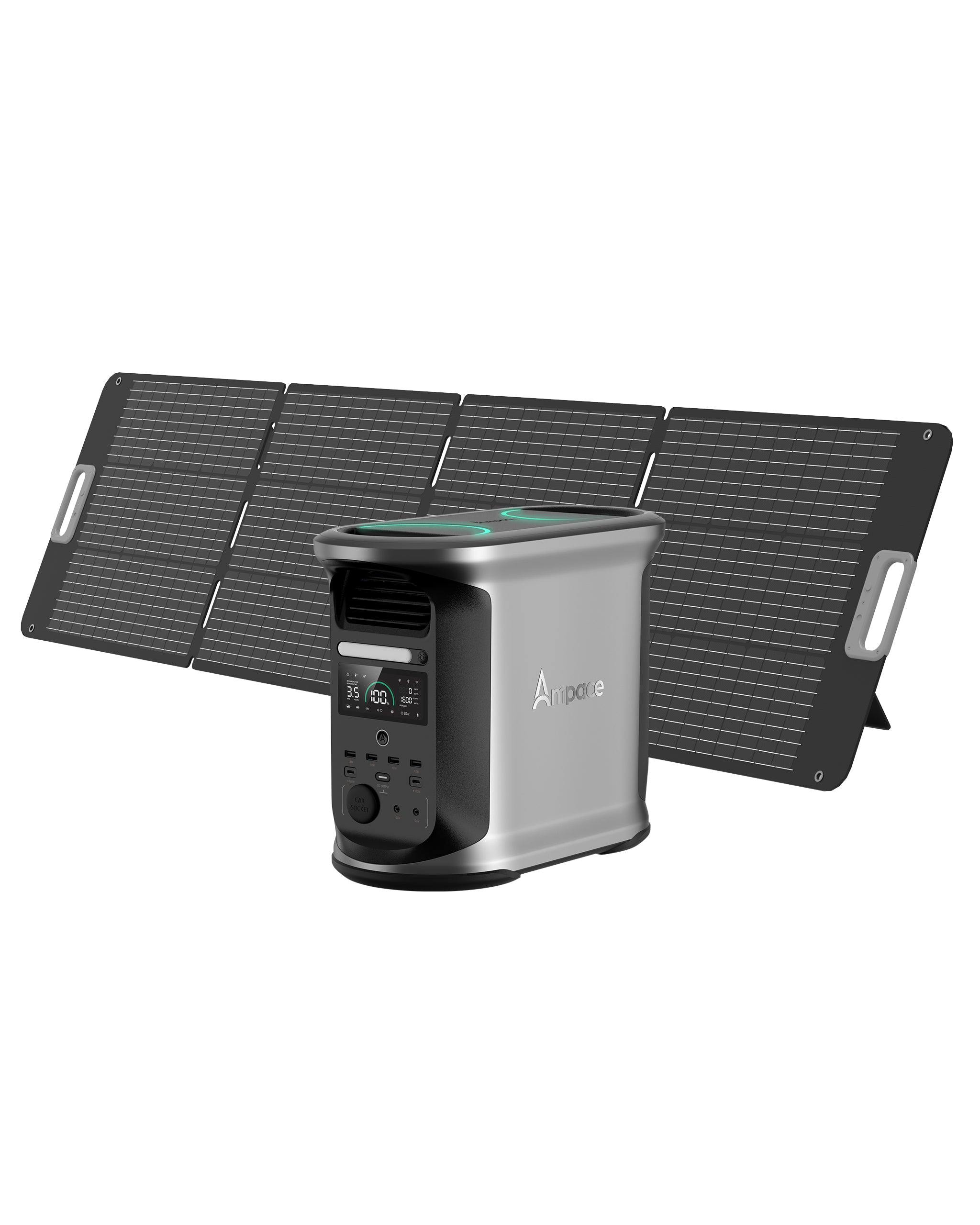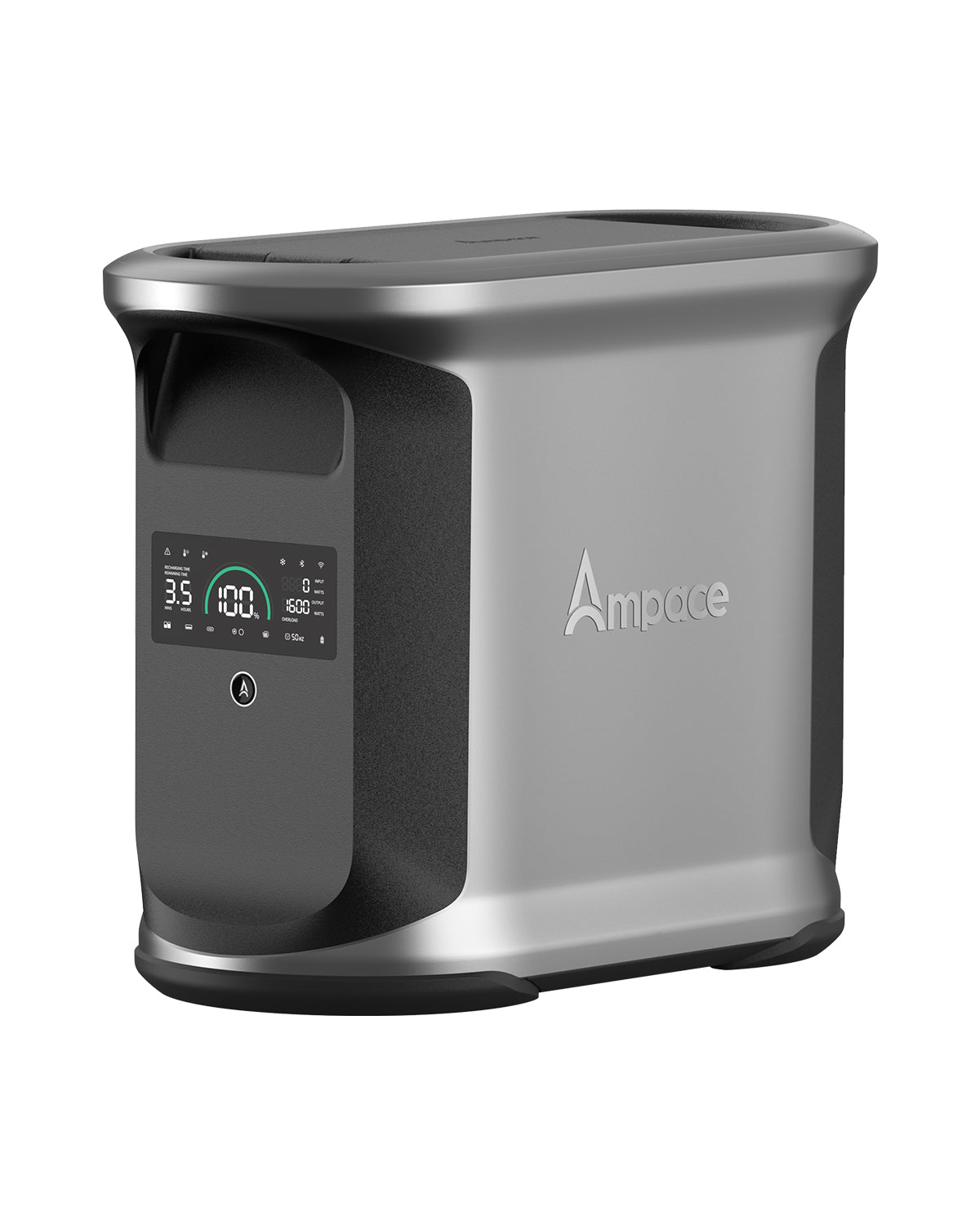How Many Amps Does a Fridge Use?

Table of Contents
Refrigerators are typically among the most power-consuming household appliances, especially older models. If you’re looking to reduce electricity usage or use alternative energy sources to save on bills, understanding your refrigerator’s long-term power consumption is essential. Typically, a refrigerator’s power consumption ranges from 3 to 5 amps, while the surge current during startup may require a dedicated circuit of up to 15 to 20 amps to support it.
If you’re seeking alternative or backup power solutions, Ampace offers efficient and reliable portable power stations to help optimize your household energy use while reducing long-term energy costs.
What Are Refrigerator Amps?
For most household refrigerators, under a standard 120-volt voltage, the running amperage is typically between 3 to 5 amps. This means the refrigerator consumes a relatively stable current during daily cooling operations, efficiently keeping food fresh. However, when the compressor starts, it generates a brief but significant surge current, which can reach 3 to 5 times the normal running current, typically requiring 15 to 20 amps of support.
Definitions of Amps, Volts, Watts, and Running Watts
To accurately understand a refrigerator’s power consumption, mastering some basic electrical terms is key. These terms not only help you calculate the running amperage of a refrigerator but also allow you to understand startup current demands and estimate overall energy consumption. Below are the definitions of amps, volts, watts, and running watts, along with their calculation formulas.
Amps (Amperes)
Amps measure the unit of electrical current, indicating the amount of current flowing through an appliance. Think of it as the “flow rate” of electricity, reflecting the amount of power an appliance consumes during operation.
Formula: Amps (A) = Power (W) ÷ Voltage (V), or A = W / V.
For example, if a refrigerator’s power is 360 watts and the voltage is 120 volts, the running amps are: 360 ÷ 120 = 3 amps.
Volts
Volts are the unit of voltage, representing the electrical potential difference that drives current through a circuit. You can think of voltage as the “pressure” in a water pipe, determining the strength of the current flow. Household refrigerators typically operate at 120 volts (North American standard) or 220–240 volts (other regions).
Formula: Voltage (V) = Power (W) ÷ Current (A), or V = W / A.
Watts
Watts are the unit of power, measuring the rate at which an appliance consumes or produces electrical energy per second. The higher the wattage, the more power the appliance consumes.
Formula: Power (W) = Voltage (V) × Current (A), or W = V × A.
For example, a refrigerator running at 3 amps under 120 volts has a power of: 120 × 3 = 360 watts.
Running Watts
Running watts refer to the continuous power required to keep an appliance operating, typically lower than the startup watts. Refrigerators require a higher surge current at startup, but running watts reflect their daily energy consumption.
Formula: Running Watts (W) = Voltage (V) × Running Amps (A), or W = V × A.
For example, a refrigerator requiring 3 amps at 120 volts has a running wattage of: 120 × 3 = 360 watts.

Amperes and wattage of different types of refrigerators
The following are the typical operating amperes and wattage of various types of refrigerators at 120 volts (American standard voltage). These data can help you estimate your power demand, select the correct circuit, or explore backup power options.
|
Refrigerator Type |
Running Amps (Amps) |
Running Watts (Watts) |
Notes |
|
Mini Fridge |
0.5–1.5 |
60–180 |
Common in dorms, offices, or bedrooms; highly efficient for small spaces. |
|
Standard Household Fridge |
3–6 |
360–720 |
Includes top-freezer, side-by-side, or French door models; power varies by model. |
|
Energy-Saving Household Fridge |
1.5–3.5 |
180–420 |
Typically Energy Star-certified; more efficient for long-term savings. |
|
Commercial Fridge |
6–17 |
720–2040 |
Used in restaurants or supermarkets; requires high-capacity circuits. |
|
Compact/RV Fridge |
0.3–0.5 |
36–60 |
Designed for RVs or portable use; lowest power consumption |
Ampace Solar Generators for Refrigerators
Ampace is committed to providing you with reliable solutions that meet all your power needs. Equipped with Ampace portable solar panels, it can absorb solar radiation and convert it into electricity, providing stable power supply for refrigerators by transmitting the electricity to power stations.
Ampace Andes 1500 : with its 1462Wh capacity and 2400W output (Surge 3600W), is perfect for high-power demands, such as powering household appliances during outages or supporting off-grid living.
Ampace Andes 600 Pro : strikes a balance between power and portability, offering a 584Wh LiFePO4 hybrid battery and 600W output (Surge 1800W), ideal for camping, outdoor adventures, and emergency backup.
Ampace Andes 300 : weighing just 3.72kg (8.2 lbs) with a 266Wh capacity and 300W output, is designed for lightweight portability, making it great for charging phones and laptops during camping or short power outages.

Read More
How to Power Your Drone with a Portable Station?
What You Need to Know About Pure Sine Wave Inverters?
Breaking Down the Costs of Life on the Road: Full-Time RV Living
















